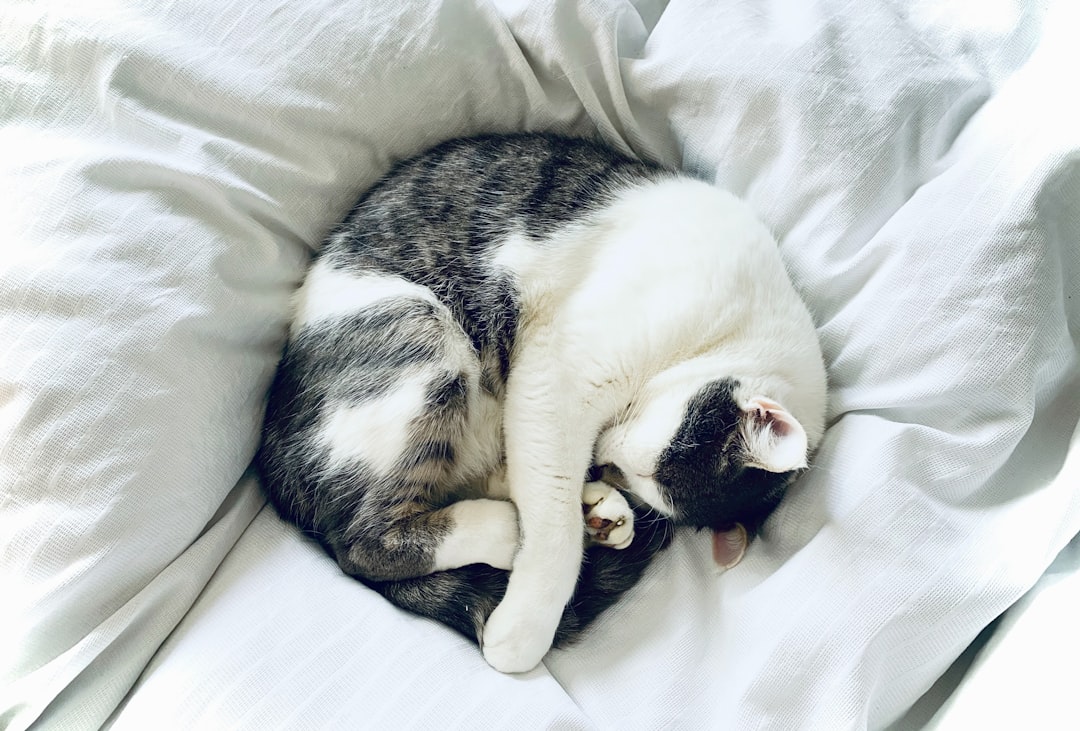A Complete Guide to Pet Insurance: Protecting Your Pet and Your Wallet
A comprehensive guide to understanding pet insurance coverage, including different types of coverage, benefits, factors affecting cost, tips for purchasing, and the importance of pet insurance for safeguarding pets health and finances.
Understanding Pet Insurance Coverage
When considering pet insurance coverage, it’s essential to understand the different types of plans available. For example, accident and illness coverage is a comprehensive option that covers a broad range of problems, including injuries and illnesses. On the other hand, accident-only coverage focuses specifically on accidental injuries but does not cover illnesses. Additionally, wellness plans are designed to cover routine services such as vaccinations, flea and tick prevention, and annual check-ups. These plans also offer customizable features such as coverage limits, waiting periods, deductibles, and reimbursement amounts, allowing pet owners to tailor the policy to their specific needs and budget.
It’s important to recognize that pet insurance does not cover pre-existing conditions, which are conditions that your pet has before the coverage begins. Furthermore, there are limitations on coverage for grooming, cosmetic procedures, and routine care. Understanding these exclusions is crucial for pet owners to make informed decisions about the coverage that best suits their pets’ needs and their financial situation. You can get a free quote from ASPCA Pet Health Insurance for more information on pet insurance plans.
Benefits of Pet Insurance
Pet insurance offers a wide range of benefits for pet owners. One of the key advantages is the financial protection it provides. For example, if a pet becomes sick or injured, pet insurance can help cover the cost of veterinary care, including emergency care, diagnostic tests, surgeries, medications, and other eligible expenses. This can be particularly beneficial in situations where unexpected and costly veterinary treatments are required, allowing pet owners to provide the necessary care for their furry friends without worrying about the financial burden.
In addition to financial protection, pet insurance also provides emotional support for pet owners. It offers a sense of security by knowing that they have a safety net in place to help cover veterinary expenses. This can be especially comforting during challenging times when pets require extensive medical care. Moreover, pet insurance can alleviate the emotional stress associated with making difficult choices about the care of pets. It allows pet owners to focus on the well-being of their pets without the added anxiety of financial constraints. Ultimately, pet insurance promotes responsible pet ownership by ensuring that pets receive the necessary medical attention and care when needed.
Factors Affecting Cost
When it comes to pet insurance, several factors play a crucial role in determining the cost. The age and breed of the pet are significant factors influencing the premiums. For instance, certain breeds may be predisposed to specific health issues, which can impact the cost of insurance. Additionally, the age of the pet is a key consideration, as older pets may be more susceptible to health issues, leading to higher insurance premiums.
Another factor that affects the cost of pet insurance is the location of the pet owner. Urban areas may have higher veterinary costs, leading to increased insurance premiums compared to rural areas. Moreover, the coverage type, reimbursement level, and deductible also play a role in determining the overall cost. For instance, a comprehensive plan with higher coverage limits and lower deductibles may have higher premiums compared to a plan with limited coverage and higher deductibles. It’s essential for pet owners to carefully assess their pet’s needs and their financial capacity to determine the most suitable coverage for their furry friend.
Additionally, the average annual cost for pet insurance can vary significantly based on these influencing factors. For example, a mixed-breed puppy living in a rural area with a basic accident-only coverage plan may have a lower annual cost compared to an older purebred dog residing in an urban area with a comprehensive accident and illness coverage plan. Therefore, it’s crucial for pet owners to weigh these factors and assess the worth of pet insurance for their specific circumstances before making a decision.
Tips for Purchasing Pet Insurance
When purchasing pet insurance, it’s important to carefully evaluate the balance between cost and coverage. For example, if you have a young, healthy pet, you may want to consider a plan with lower premiums and a higher deductible, as you may not anticipate frequent veterinary visits. Conversely, for an older pet or one at risk of certain conditions, a comprehensive plan with higher coverage limits and lower out-of-pocket costs may be more suitable. By analyzing the specific needs of your pet, you can tailor the coverage to best suit your circumstances.
In addition to evaluating cost and coverage, it’s crucial to thoroughly read the fine print of any pet insurance policy. This involves understanding the exclusions, limitations, and any specific conditions that may impact the coverage for your pet. Furthermore, obtaining quotes from multiple pet insurance providers allows for a comprehensive comparison of available options. It’s advisable to choose a policy with a reputable provider, ensuring that the insurer has a strong track record of reliability and customer satisfaction. Finally, selecting a policy for the long term is essential, as consistency in coverage is vital for the ongoing health and well-being of your pet.
Importance of Pet Insurance
Pet insurance is a valuable protection plan for pet owners to safeguard their furry friends’ health and finances. It helps pay for the cost of veterinary care if the pet becomes sick or injured. The total number of insured pets in the United States has grown at an average rate of 22.5% year-over-year, indicating the increasing recognition of the importance of pet insurance in ensuring the well-being of pets. Moreover, prices in the veterinary service sector have spiked by as much as 11.4% between June 2022 and June 2023, making pet insurance an essential consideration for responsible pet owners to mitigate the impact of rising healthcare costs.
Additionally, pet insurance addresses the need for financial protection against unexpected veterinary expenses. It allows pet owners to save money on veterinary care by reimbursing a portion of eligible expenses, thus easing the financial burden associated with pet healthcare. This not only provides peace of mind but also ensures that pet owners can make decisions based on their pets’ health needs rather than financial constraints. The emotional support provided by pet insurance is equally significant, as it offers a sense of security, helps pet owners avoid painful choices about care for their pets, and promotes responsible pet ownership by encouraging proactive healthcare planning and access to necessary treatments.
Conclusion
In conclusion, pet insurance coverage plays a crucial role in safeguarding the health and finances of pets. It provides a safety net for pet owners, offering financial protection and emotional support when unexpected veterinary expenses arise. The growing popularity of pet insurance in the United States, with an average annual growth rate of 22.5% for insured pets, reflects the increasing recognition of its value in ensuring the well-being of pets.
When considering the factors influencing the cost of pet insurance, it’s important to take into account various elements such as the pet’s age, breed, location, coverage type, reimbursement level, and deductible. For example, the cost of insurance for a young, healthy pet may differ significantly from that of an older pet or one at risk of developing certain conditions. This underscores the need for pet owners to assess the worth of pet insurance based on their specific circumstances and the potential health risks for their pets.
In addition, the importance of enrolling in a pet insurance plan before any issues arise cannot be overstated. Doing so ensures coverage for pre-existing conditions, which may not be included if the pet is already showing signs of illness or injury. By taking these factors into consideration, pet owners can make informed decisions about purchasing pet insurance, thereby providing peace of mind and financial protection for their furry companions.



